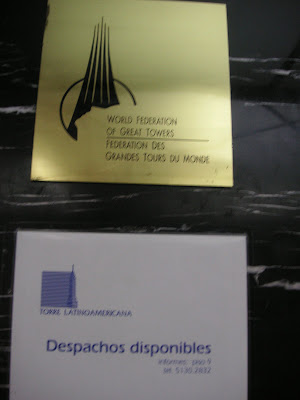Japan 4 Tokyo 4: Whale @ Asakusa
 鯨 or whale, a cuisine that can only be found in very few parts of the world.
鯨 or whale, a cuisine that can only be found in very few parts of the world. So for travellers who would wish to taste some very local food in Japan, whale cuisine could be one of the answer. Located in the small streets in the Asakusa 浅草 area, this restaurant may not be easy to locate. In front of the entrance of into the Asakusa temple, where there is a police post, turn left along the main streets, for 2 blocks, turn right, continue for 2 more blocks, the restaurant will be on the left.
So for travellers who would wish to taste some very local food in Japan, whale cuisine could be one of the answer. Located in the small streets in the Asakusa 浅草 area, this restaurant may not be easy to locate. In front of the entrance of into the Asakusa temple, where there is a police post, turn left along the main streets, for 2 blocks, turn right, continue for 2 more blocks, the restaurant will be on the left. Whale, the largest mammal featured in small cans.
Whale, the largest mammal featured in small cans. Endangering this precious mammal? Controversial environmental issue?
Endangering this precious mammal? Controversial environmental issue? Settle in the calm and relaxing ambience of this restaurant. There were words ensuring customers that the whale served here is safe for consumption. The menu features only whale cuisine, so customers who might be searching for the familiar chicken or beef, will only have to leave this restaurant.
Settle in the calm and relaxing ambience of this restaurant. There were words ensuring customers that the whale served here is safe for consumption. The menu features only whale cuisine, so customers who might be searching for the familiar chicken or beef, will only have to leave this restaurant. After an anxious wait, the moment of truth finally arrives; the tasting part. The whale sashimi set. Whale sashimi has a deep red colour almost like raw game meat. The texture is soft and yet chewy, with the taste of good quality beef. There is no raw musty stench afterall, instead it taste almost like high quality beef, extinguishing all worries of this restaurant. At 1050円 a set, it is entirely worth it.
After an anxious wait, the moment of truth finally arrives; the tasting part. The whale sashimi set. Whale sashimi has a deep red colour almost like raw game meat. The texture is soft and yet chewy, with the taste of good quality beef. There is no raw musty stench afterall, instead it taste almost like high quality beef, extinguishing all worries of this restaurant. At 1050円 a set, it is entirely worth it. This was perhaps the best fried meat dish ever. The meat was perfectly fried, with the meat soft and tender while retaining its great flavour but not too oily. The technique of the chef in this restaurant was actually quite admirable. At price 1050円, real quality food in Tokyo does not have to cost a lot at all.
This was perhaps the best fried meat dish ever. The meat was perfectly fried, with the meat soft and tender while retaining its great flavour but not too oily. The technique of the chef in this restaurant was actually quite admirable. At price 1050円, real quality food in Tokyo does not have to cost a lot at all. The grilled whale tasted like grilled tender beef. Quite a good choice, but perhaps not as good as the fried set. Cost is 1200円。
The grilled whale tasted like grilled tender beef. Quite a good choice, but perhaps not as good as the fried set. Cost is 1200円。 Whale cuisine in Japan, a wonderful, unforgettable experience.
Whale cuisine in Japan, a wonderful, unforgettable experience.Labels: GastroJapan










































